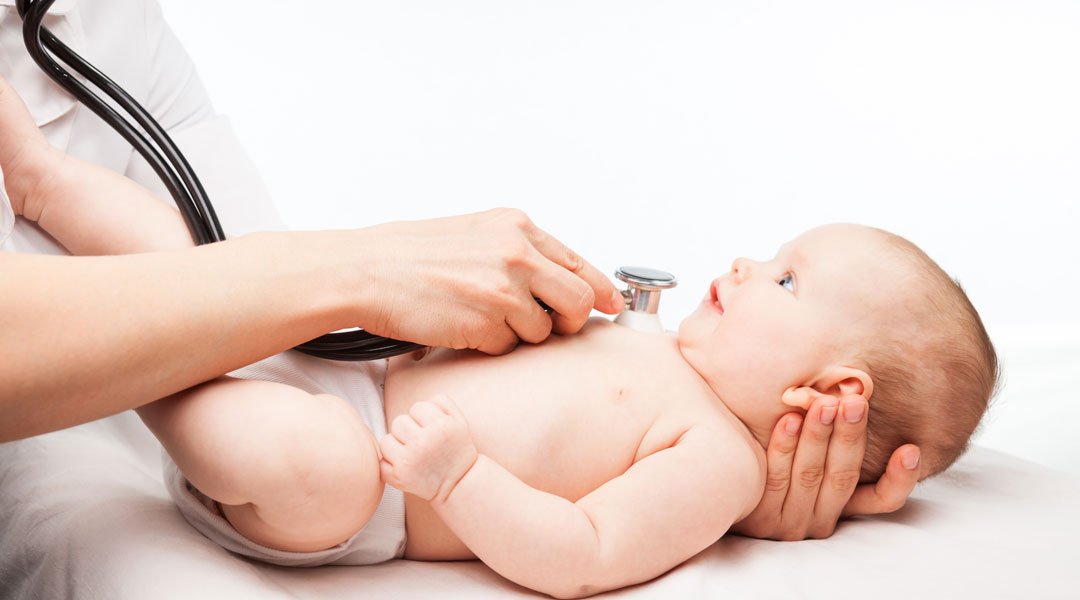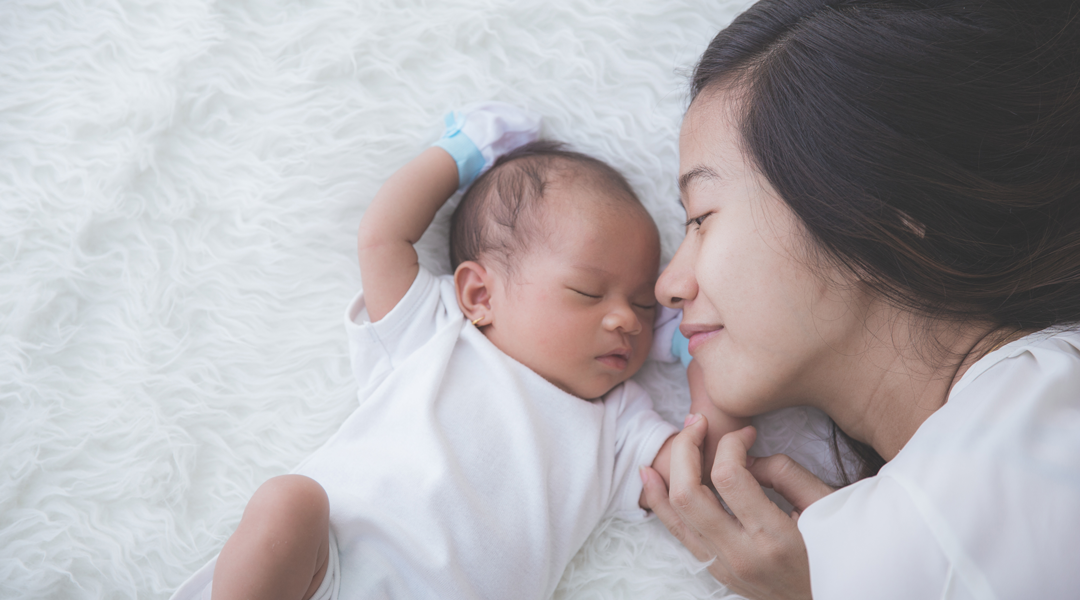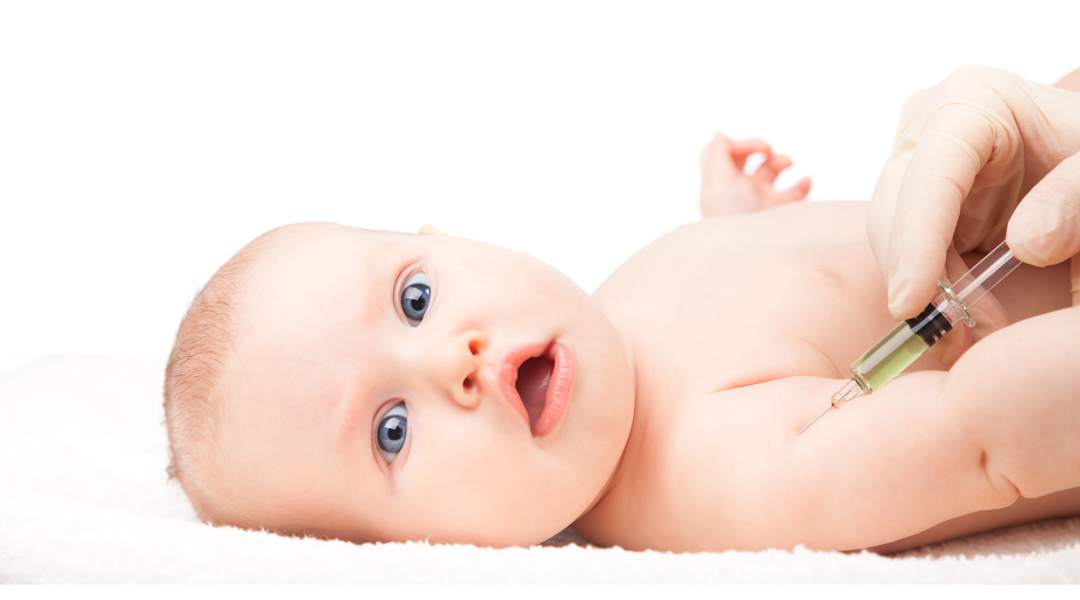
Drink imported milk powder, wear big-name clothes, buy exquisite toys, attend expensive early education classes… As long as it is good for children and can make children happy, parents are willing to invest. In contrast, children’s physical health examination and intelligent development assessment do not seem to have received enough attention.
The Importance of Physical Examination
Children’s physical health examination is very necessary. It can not only effectively evaluate the growth and health status of the baby, but also discover the potential diseases and growth retardation of the baby in time. For example, dislocation of hip joint, insufficient muscle tension, slow growth of height, etc.
At the same time, provide powerful guidance for parents’ feeding education methods, such as how to ensure comprehensive nutrition, let parents raise children less detours, improve efficiency. Therefore, it is necessary and worthwhile to regularly go to professional institutions to do a health check-up for the baby.

First physical examination: at birth
The first physical examination after the baby is born is the physical examination done by the doctor when the baby is born.
Specific content:
1. After the baby comes out of the mother’s stomach, the doctor will first evaluate APGAR score: heart rate, respiration, muscle tension, skin color, response to stimulation, check whether the baby’s vital signs are stable, and whether further diagnosis and treatment are needed in the neonatal department.
2. Physical examination: generally measure weight, height, head circumference and fontanelle size; Physical examination of the whole body. Check the baby’s body for congenital diseases, such as congenital nevus, color spots or hemangioma, etc.
Second physical examination: within 3 days after birth
The doctor will come to give the baby a second physical examination within 3 days after the baby is born and before he is discharged from the hospital.
1. Routine physical examination: generally measure weight, height, head circumference and fontanelle size; A physical examination of the whole body.
2. Auxiliary examination: Neonatal hearing screening shall be completed, and blood from the sole of the newborn shall be collected for screening of congenital metabolic diseases. If there are suspicious signs of diseases, further examination shall be conducted according to the corresponding conditions. The jaundice value of the newborn shall be detected, and the jaundice situation of the baby shall be monitored.

Physical examination within the first 2 months
In the first month of the baby’s birth, the contact between parents and the baby begins to try to coordinate with each other, and parents also begin to learn how to deal with the baby’s reaction. These interactive relationships will also affect the baby’s behavior.
Therefore, in the first 2 months, the frequency of visits depends on the health status of the baby and the needs of the parents. If the baby is a premature baby or a first-time parent, it will be more anxious and may need more physical examination. You can find a pediatrician for physical examination once a month.
Routine physical examination in the future
If the baby’s growth and development are stable, it is recommended to give the baby physical examination at 4 months, 6 months, 9 months, 12 months, 18 months, 2 years old, 2.5 years old and 3 years old respectively.
The contents of attention for physical examination are as follows:
1. Ask about past history: birth history, number of births, number of births, term/premature birth, asphyxia at birth, rescue history, jaundice history, breast feeding history, and whether birth screening is normal (blood, hearing, vision) (if it is the first physical examination, ask again)
2. Ask about family history: hypertension, heart disease, epilepsy, etc., and evaluate whether the baby has any risk factors for a certain disease.
3. Physical examination:
- General measurements: Measure body weight, Height, head circumference, The fontanelle size, Draw the growth and development curve of the baby, Comprehensive evaluation of baby’s growth and development. Skin: Pay attention to the presence or absence of congenital skin problems such as hemangioma, The presence or absence of eczema, If there are any skin problems such as abrasions, Check BCG scars Eyes: Observe the eyes and eyelids, The movement of the eyeball, Pupil transparency, red light reflection auricle and external auditory canal, tympanic membrane auricle whether eczema, tympanic membrane whether normal oral cavity: Attention should be paid to check whether there is any abnormality in oral development at the age of small months. Whether there is thrush. It is suggested that the oral specialty physical examination be conducted once every six months after the tooth is produced for 6 months. Check for dental caries, spots, demineralization, staining, tooth injury, gingivitis, etc. Cardiac auscultation for murmur, Whether femoral artery pulsation is symmetrical, whether there is rale in powerful lung auscultation, whether there is malformation in thoracic development, whether abdominal auscultation, whether intestinal sounds are normal, whether there is mass in palpation, and whether there is tenderness, check the baby’s nerve development, such as how to examine limbs and neck for visual and auditory stimulation response, and eliminate torticollis, hip joint dysplasia and other problems.
4. Auxiliary inspection:
- During the physical examination, it is necessary to confirm whether the birth screening has passed or not. Did you pass the hearing screening, If there is an abnormality, Remind you to seek medical treatment as soon as possible. Red light reflection: It is recommended to reach the age of 2 after birth, All of them were checked for red light reflection, Screening for abnormalities in the posterior segment of the eye and turbidity on the visual axis, For example, cataract and corneal opacity blood routine: At the age of 6 months, it is recommended to check it once. If normal, After that, it can be checked every 1 year. Other blood tests, Census is not recommended, It is suggested that according to the specific situation of the baby, it is necessary to decide whether to increase the items of blood test, fecal and urine routine: It is recommended to check it once a year. B-ultrasound of hip joint, It is suggested that when physical examination finds hip joint abnormalities or parents are especially worried, B-ultrasound examination is not recommended. Other examination items, such as heart B-ultrasound, urinary system B-ultrasound and so on, suggest to decide whether to increase according to the baby’s physical examination and the baby’s birth history, past history and other conditions. Or there are other developmental abnormalities, it is recommended to give further examination.
5. Psychological and behavioral evaluation:
ASQ screening scale is used to evaluate the baby’s ability in communication, large exercise, fine exercise, social interaction, problem solving and other aspects, so as to guide parents to pay attention to the places at home in the next stage. If there are positive parts in the screening, it is recommended to carry out further diagnostic tests with relevant scales.
6. Answering Parents’ Questions:
Answer parents’ questions in the process of raising their babies at ordinary times, find out the problems in the process of raising their babies, and give targeted raising suggestions. If there is any disease state found, give corresponding treatment suggestions.
7. Guidance for the next stage of baby development:
From seven aspects of scientific feeding, disease prevention, development promotion, oral health care, accidental injury prevention, eye and vision care, hearing care, etc., suggestions are given to parents and babies for the next stage of development guidance.
